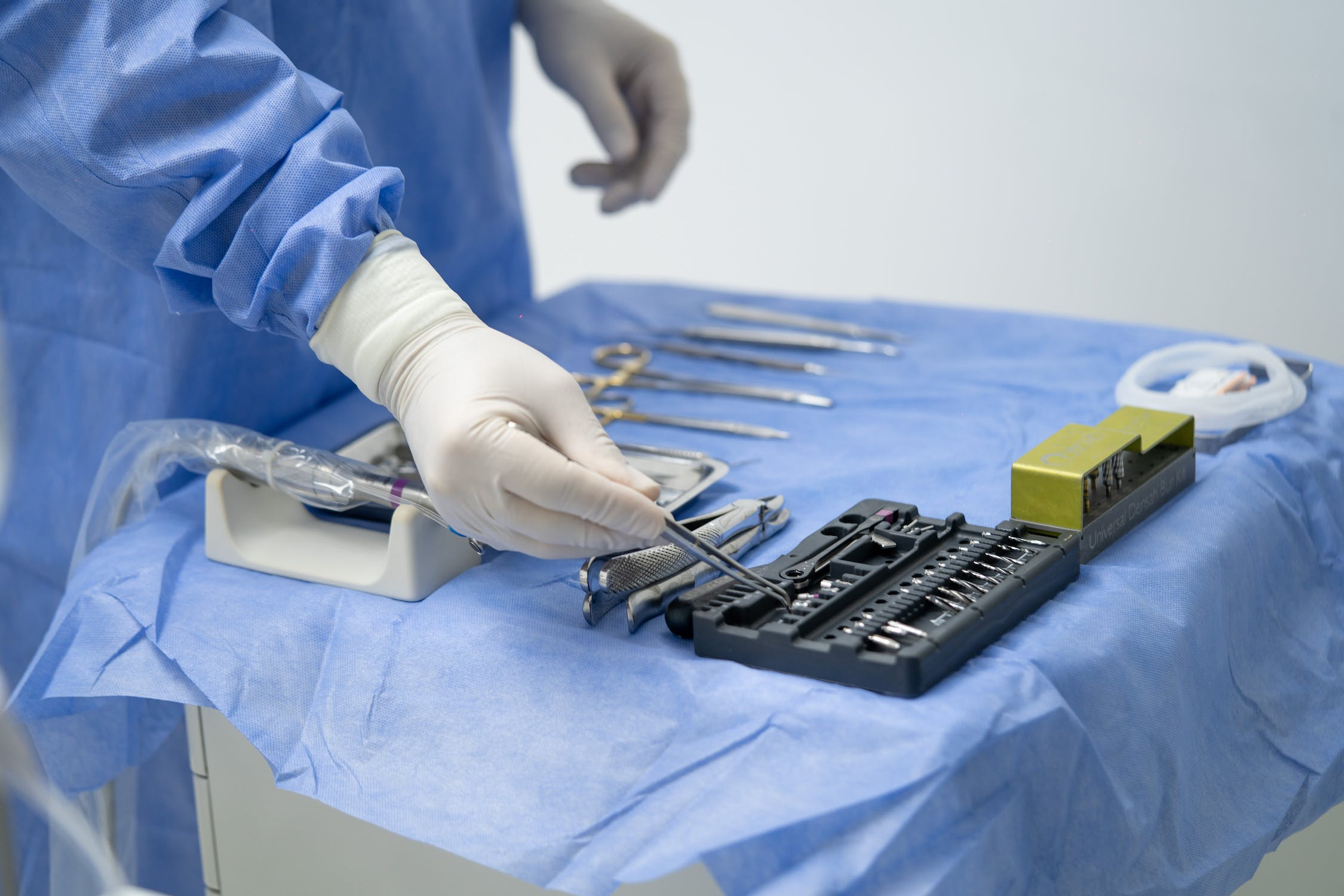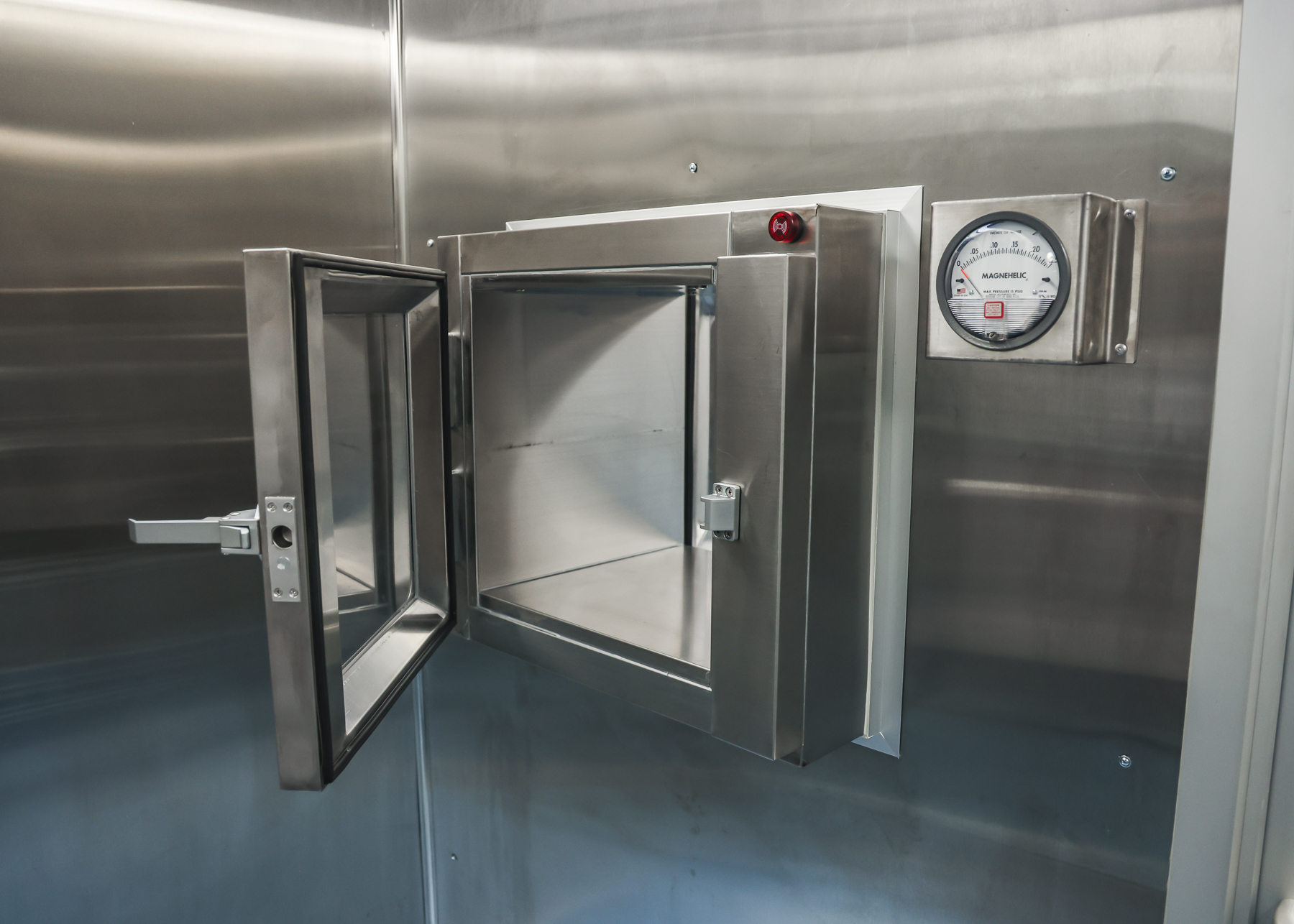
Introduction
As medical technology advances, so do the stringent requirements for ensuring the safety and reliability of these life-saving devices, as a result, cleanrooms play an unparalleled roll in the medical device industry. This article delves into the role that cleanrooms play and explores the essential best practices that drive excellence in this specialized field.
Understanding Cleanrooms and Their Importance in Medical Device Manufacturing
The controlled environment which cleanrooms provide minimizes the presence of contaminants that could compromise the integrity of medical devices, and ensures that each product meets the highest standards of quality and safety, making them integral in the development of the medical device industry. Contaminants, even in minute quantities, can have dire consequences in medical device manufacturing. Whether a Class I, Class II or Class 3 medical device, all products will need to be assembled or manufactured in some sort of a cleanroom with the cleanroom level depending on the class medical device an whether or not the device can be terminally sterilized... meaning sterilized at the end of the assembly process and once it is already placed in a sealed package. Cleanrooms are designed to prevent the entry of contaminants and manage airflow, thereby reducing the potential for defects and ensuring the reliability of the end products.
Design and Construction of Cleanrooms for Medical Device Manufacturing
When establishing a cleanroom for medical device manufacturing, several factors demand careful consideration. These include the level of cleanliness required, the type of medical devices being produced, and the processes involved. The selection of appropriate materials, air filtration systems, and environmental controls plays a pivotal role in maintaining the desired cleanliness levels.
ISO Classifications and Their Significance
Cleanrooms are classified according to ISO standards, which specify the permissible levels of airborne particles. ISO classifications range from ISO 1 (the cleanest) to ISO 9 (the least clean). Medical device manufacturing often requires adherence to ISO 7 classes, depending on the sensitivity of the devices being produced and whether or not it will be terminally sterilized. Knowing which of these is required for your product helps our team design the best fit cleanroom for your needs. It is best to consult the FDA on your specific device to determine the cleanroom requirements.
Optimizing Layout for Minimized Contamination Risk
At ICS, we strategically plan the layout and flow within a cleanroom to minimize the risk of cross-contamination. This involves us designing separate areas for different manufacturing stages, and choosing the proper placement of all equipment, ensuring that the movement of personnel and materials is organized to prevent the introduction of contaminants.

Cleanroom Personnel: Training and Hygiene Practices
In cleanroom environments, ensuring personnel are trained and certified is important for the success of the project. Employees should undergo training programs that cover cleanroom protocols, safety measures, and industry-specific requirements. Certifications should align with the cleanroom standards applicable to the particular industry and adhering to regulatory guidelines.
A few areas that should be covered in personnel training include hygiene, gowning and validated standard operating procedures. Hygiene protocol should include thorough hand-washing with specified disinfectants before entering the cleanroom. Gowning procedures, including the use of appropriate attire such as cleanroom suits, hairnets, and gloves, must be strictly followed to prevent the introduction of contaminants. Additionally, employees should exhibit disciplined behavior, avoiding unnecessary movements and refraining from activities that could compromise the sterile conditions.
Cleanroom Equipment and Maintenance
The use of cleanroom-grade equipment and materials is crucial in the manufacturing process to uphold the cleanliness standards and ensure product quality. We design and/or supply cleanroom-grade materials to minimize particle generation, microbial contamination, and other factors that could compromise the controlled environment. By utilizing such equipment, manufacturers can significantly reduce the risk of impurities in the final products.
Regular maintenance protocols also play a vital role in sustaining the integrity of the cleanroom environment. This often involves a systematic approach to inspect, clean, and, if necessary, repair or replace equipment. Establishing a structured maintenance schedule not only ensures equipment longevity but also minimizes disruptions to manufacturing processes, contributing to consistent product quality and timeliness.
Quality Control and Documentation
Rigorous quality control processes in medical device manufacturing help to ensure the safety, efficacy, and reliability of the final products. These processes encompass detailed testing, inspection, and validation procedures at various stages of production. Stringent quality control not only safeguards patient health by minimizing the risk of defects or malfunctions but also upholds compliance with regulatory standards.
Implementing effective traceability measures throughout every stage of the production process is also essential for accountability and regulatory compliance in medical device manufacturing. Traceability enables manufacturers to monitor and document the journey of each product, from raw materials to the finished device. This includes recording information such as batch numbers, manufacturing dates, and inspection results. These measures not only facilitate efficient recalls in the event of defects or safety concerns but also provide valuable data for continuous improvement in manufacturing processes.
Conclusion
Adherence to best practices in medical device manufacturing within cleanrooms can be the difference between a successful or unsuccessful project. It ensures the safety, efficacy, and reliability of the final products, safeguarding patient health and upholding compliance with regulatory standards. For more information on our cleanrooms used for medical device manufacturing, please reach out to one of our cleanroom experts.


